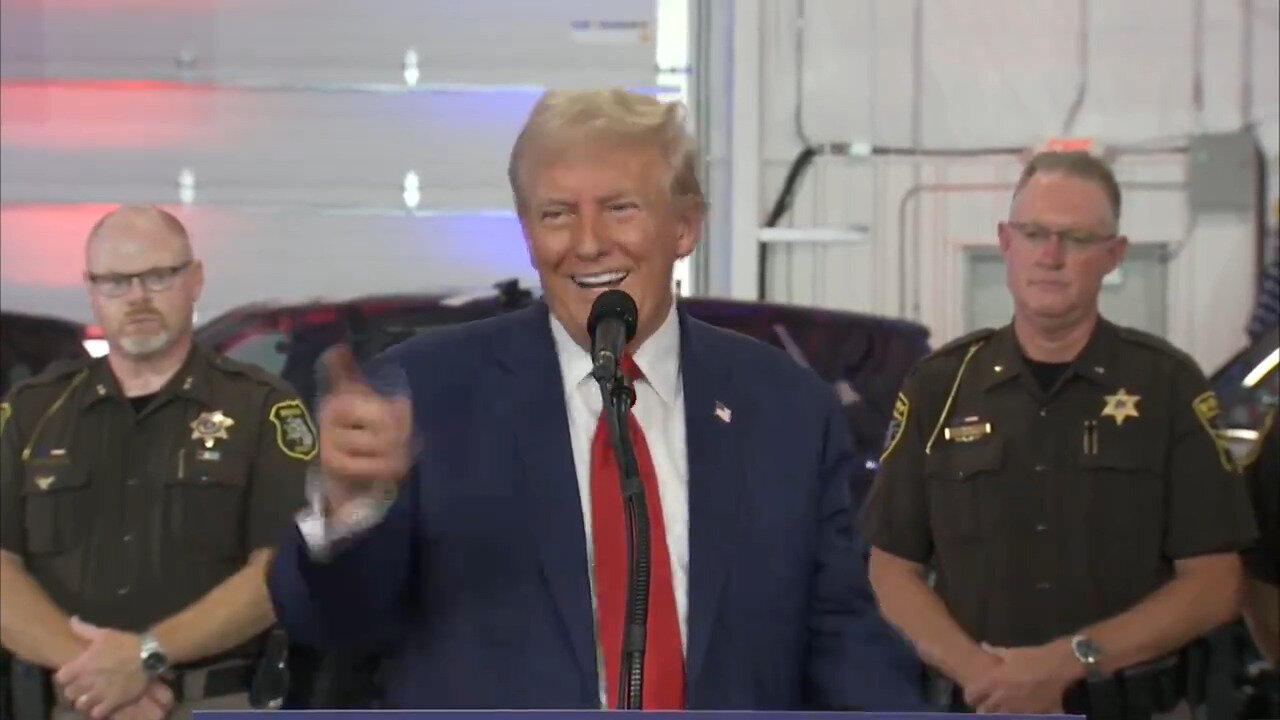During a press event in Howell, Michigan, President Trump once again demonstrated his flair for turning the tables on his critics in a high-stakes exchange with a reporter. The interaction unfolded in a setting charged with historical and political significance, as Howell has been previously spotlighted for its associations with racial extremism. The setting was ripe for controversy, and a reporter seized the moment to question Trump about his decision to campaign in a town described by some as having ties to white supremacy.
The reporter’s question seemed designed to put Trump on the defensive, referencing criticism from Kamala Harris’s campaign, which had decried his visit as a nod to antiquated racial ideologies. However, Trump, known for his quick-witted comebacks, was prepared. Rather than sidestepping the issue, he leveraged the moment to highlight what he saw as a double standard, asking the reporter, “Who was here in 2021?” The question referred to a previous visit by Joe Biden, a fact that the reporter confirmed, inadvertently setting up Trump for a rhetorical victory. With a succinct “Thank you,” Trump effectively closed the exchange, eliciting an enthusiastic response from the crowd that underscored the impact of his retort.
The crowd’s reaction, a mix of laughter and applause, highlighted Trump’s continued ability to rally his supporters by deflecting criticism and framing media inquiries as biased or misleading. This interaction, and others like it, play into Trump’s public narrative as a figure who challenges conventional media narratives and defies political correctness. For many of his supporters, such moments are seen as evidence of his strength and authenticity, reinforcing their belief in his capacity to lead and speak plainly.
This exchange also underscored the complex relationship between Trump and the media, a dynamic that has been central to his political brand. By engaging directly and often combatively with reporters, Trump has cultivated an image of a leader willing to confront what he perceives as media bias head-on. This strategy has endeared him to many within his base while fueling ongoing debates about the role of journalism in political discourse.
As the political landscape continues to evolve, interactions like the one in Howell will likely remain focal points for discussions about media relations and political strategy. They serve as reminders of the power of narrative and the enduring influence of rhetoric in shaping public perception. For Trump, these moments are both a tactical maneuver and a reflection of his broader approach to leadership and communication.


Leave a Comment